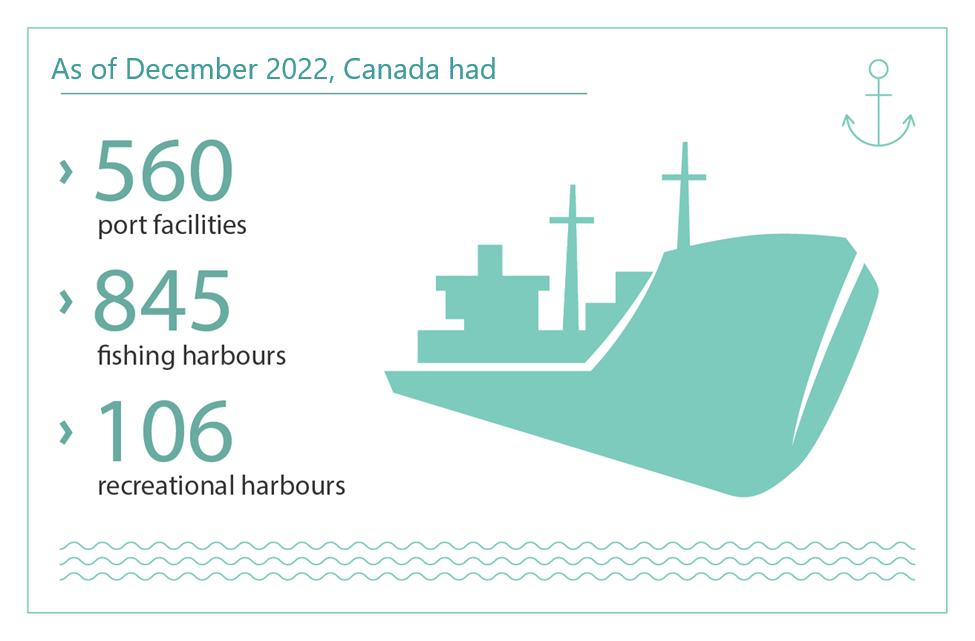Before you apply
The requirements and process for obtaining or changing a Type Certification can be broken down into 6 steps:
- classifying the proposed changes based on the applicable regulations
- applying and establishing a basis to certify
- establishing means of compliance and our level of involvement
- demonstrating and recording compliance
- approving the Type design or change to it
- following post certification responsibilities
Find out more about this process:

